St Mark's, Hamilton Terrace
Building the church
St Mark’s Hamilton Terrace was built in 1846, to the designs of Thomas Cundy (1790 – 1867), though the spire was added eighteen years later. Subsequently, bomb and blast damage in October 1941 meant that the spire had to be taken down and rebuilt in 1955. A new parish had been carved out of the parish of St Marylebone because of the large numbers of residents living in the villas of the new suburb of St John’s Wood. A congregation of 1,450 could be accommodated. The chancel was also added later to draw the eye from the rectangular space of the nave. There are balconies each side of the nave. The bapistery was built in 1911, in memory of Canon Robinson Duckworth, whose ministry had seen many innovations such as a new school and concerts for parishioners. The paintings above the altar, by Edward Armitage R.A., illustrate acts of mercy from Matthew, chapter 25.
Mosaics
The most outstanding feature of the church is the use of mosaics. One commemorates the death of the Revd Charles Erskine in the French Alps. A popular curate, he suffered from tuberculosis and was sent at the parishioners expense to seek an Alpine cure and they equipped him with a quilted suit that enabled him to sit out in the snow.
Marie van der Veer, wife of William Allen, was an American contralto and a mosaic portrait of St Cecilia, the patron saint of music, was given in her memory by her husband.
The pulpit is decorated with mosaic portraits of the four Evangelists flanking St Peter and St Paul.
Norman Shanks Kerr, (1834 – 1899), a social reformer, is remembered in a mosaic as the founder and President of the Society for the Study and Care of Inebriates. He had been a Medical Officer of Health, in St Marylebone, and thought alcoholism was a disease, not a sign of moral failing.
Another curate, Joseph Hobling, is remembered in another mosaic. He was an army chaplain who was taken prisoner in 1940 and stayed with other ranks instead of going to an officers’ prison. He was prisoner no. 95855 at Stalag Wolfsberg (Karnten) camp 18a which held 1118 soldiers, and organised entertainment and took confirmation clases. On 18 December 1944, a US bomber mistook the camp for a German training centre and the British Surgery and Chapel were destroyed. 61 POWs were killed, including Hobling, who was fatally wounded in the head.
War Memorials
At the end of the North Aisle is a small chapel which houses two war memorials; the left hand one replicates the names of the fallen on the memorial in the churchyard, while the one on the right (designed by Sigismund Goetze) came from St Stephen’s, Avenue Road, which was damaged in the Second World War and later demolished. During the War, the congregation had been supplemented by the presence of the RAF which, based at Lord’s, held Church parades at St Mark’s.
Herald of Free Enterprise memorial
Another memorial is a plaque which commemorates the tragedy of the Herald of Free Enterprise, a cross channel ferry which capsized off Zeebrugge, in 1987, and on which the daughter and son-in-law of members of the congregation perished. The family became leading figures in the organisation representing the victims.
In 1965, St Mark’s was the venue for the launching of the St John’s Wood Preservation Society, (later to become The St John’s Wood Society).
The church has plans to restore St Mark’s to its Victorian splendour; English Heritage and other grant making bodies are helping to ensure that the original roof slates will be replaced in 2013 and it is hoped to complete essential repairs to the tower and spire in 2014.

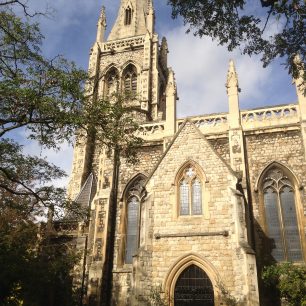
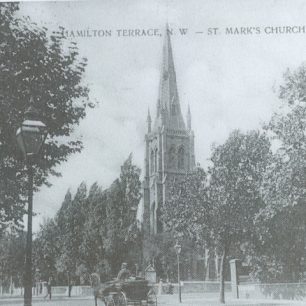
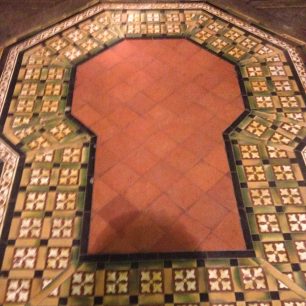
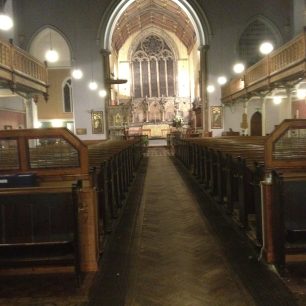
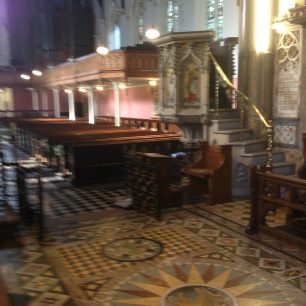
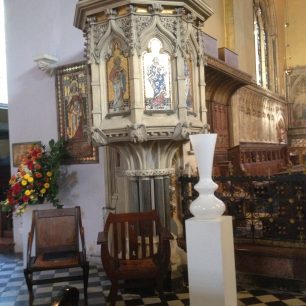
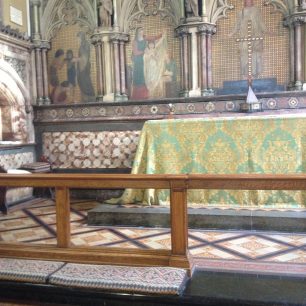
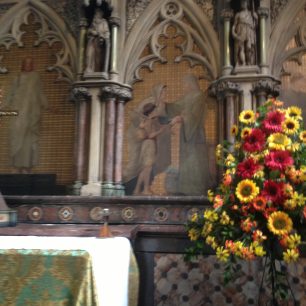
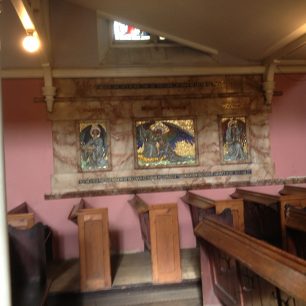
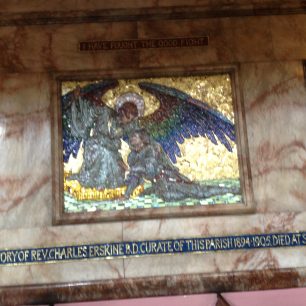
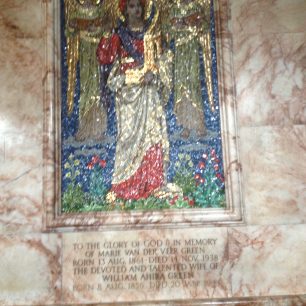
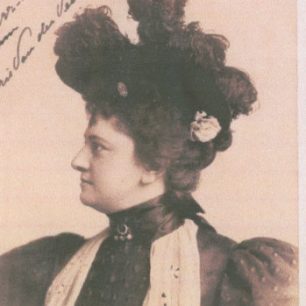
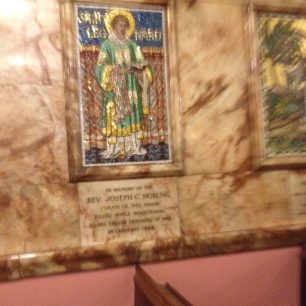
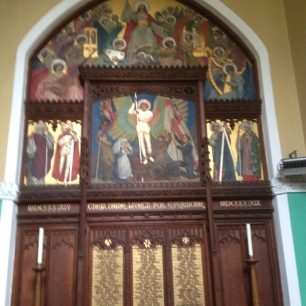



No Comments
Add a comment about this page